Can you have an open fire or a wood burning stove in a thatched cottage?
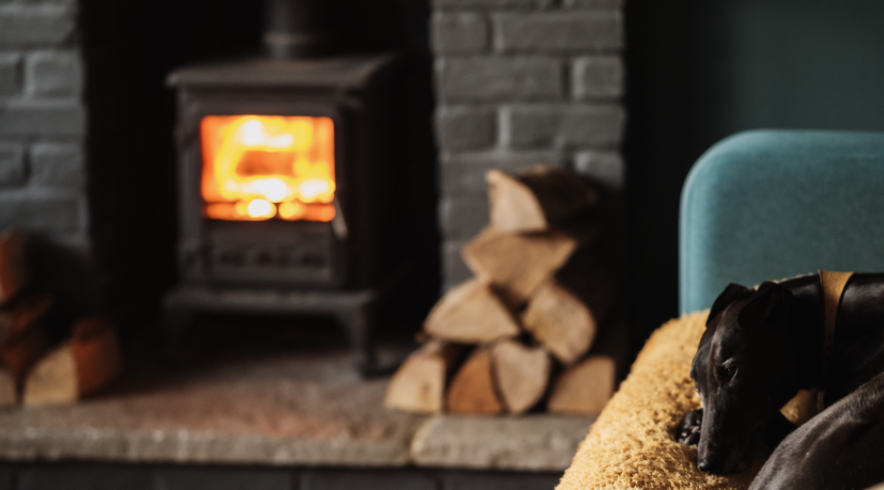

Take for example, the potentially astronomical cost of a thatched roof fire.
When the fire services put out a house fire, they will usually soak the whole property from top to bottom. This means you will have to replace the roof, plus the floors, walls, electrics, and contents. If you have watertight thatched insurance, you’ll be able to recoup the cost of repairs and reconstruction. If, however, your thatched roof home insurance doesn’t properly cover your property, you run the risk of being underinsured, or your policy being null and void.
If you had a fire in your thatched property, a rebuild could cost you more than the market value of your house.
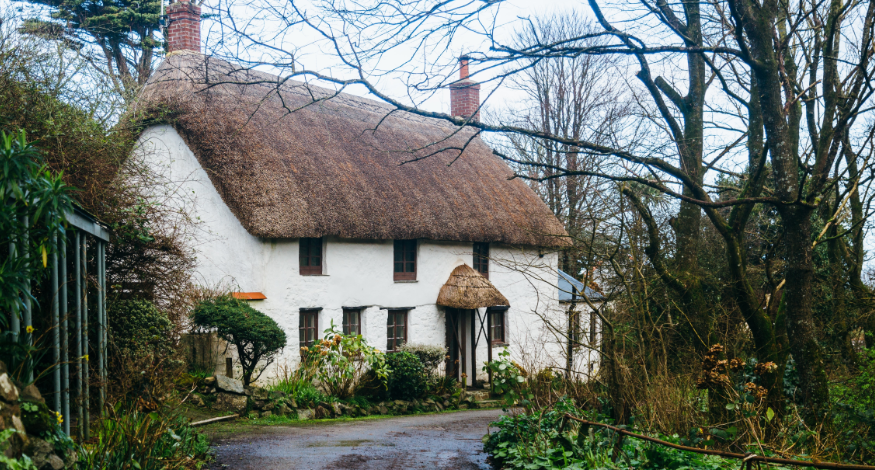
Take for example, a 4-bedroom detached thatched house built in the mid-19th century. If it features wattle and daub walls, is located in South West England, and has a market value of £500,000 it would cost over £900,000 to rebuild. If the same type of house in the same location with timber and brick walls was rebuilt, the cost would be around £530,0001. Both rebuild costs are over the market value of the property.
These figures do raise the roof when thatched homeowners are made aware of them, which is why your home insurance needs to be watertight.
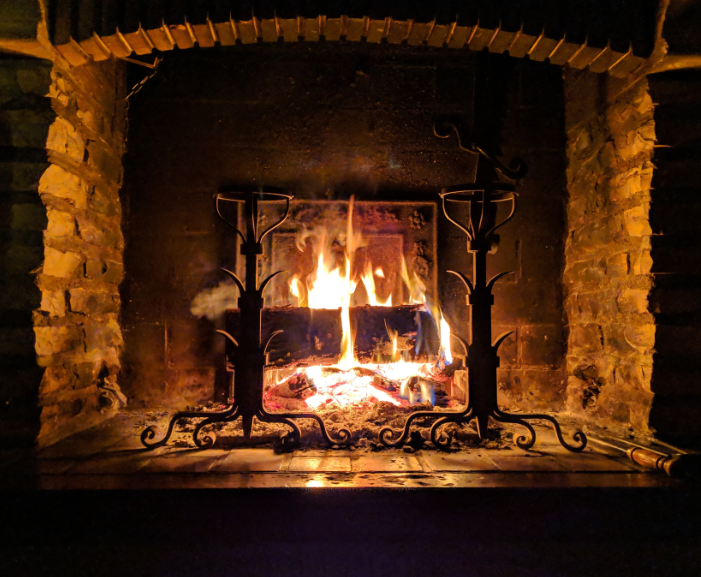
If you live in a terraced thatched cottage or house, fire can spread throughout all the properties in the terrace. Insurers often turn away from insuring a terraced property – we don’t. We offer thatched roof home insurance for some thatched terraced houses, subject to the property meeting certain criteria, but we still view some thatched terraces as too high risk, depending upon the type of thatch, distance to fire brigade etc.
We don’t want to ‘rain on your parade’, and we do want you to enjoy cosy log fires, but we advise you to take the necessary steps to mitigate the risks around fire. If you don’t, your home insurance could be affected, and you could put your home and yourself in danger.
About 95% of thatched roof fires2 are caused by a fault or blockage in the chimney, often linked to a wood burner. It is worth being aware of the following factors below which could affect your safety and your insurance.
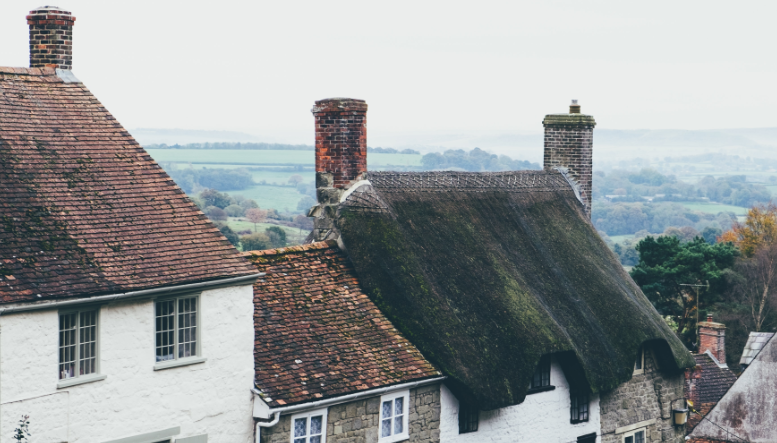
Download our “Your property owner’s guide to chimneys” from our website here: https://lloydwhyteheritage.com/thatch-home-insurance/. It’s a great source of information for thatched property chimneys and wood fires, and you won’t have to register to access it.
Using spark arrestors is no longer recommended by the Fire Service. This is because the cage structure can trap hot embers, preventing them from ejecting out of the chimney flue5.
While wood burners are wonderful in thatched and older properties, there are certain factors you need to be aware of.
Many thatched and listed properties had open fires. The flue gas temperature from an open fire is approximately 200°C, and the flue gas temperature from a wood burner is around 600°C or more. Some chimneys in older properties are not designed for the higher temperatures generated by a wood burner.
Heat emitted on the outside of the chimney, where the thatch meets the structure, can reach 85% of the heat released on the inside of the chimney. This can happen within 24 hours.6
Please note, it is advisable to burn kiln-dried untreated wood in a wood burner. Burning wood collected from woodland, forests and beaches is not advised.
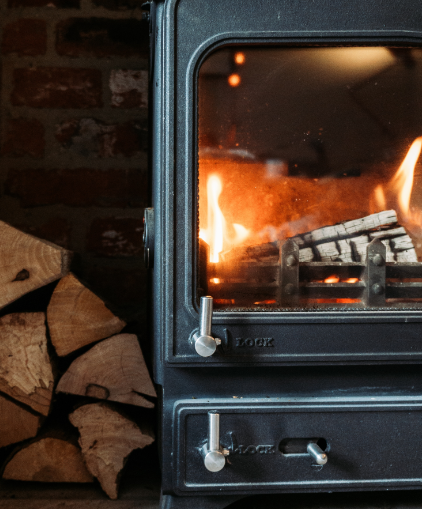
The nearer your property is to a Fire Service, the more likely your house fire will be extinguished at a faster rate. An insurer will add ‘risk points’ on to a property which is further away from a fire station.
There are various ‘early prevention systems’ you can use to help mitigate the risk and spread of fire.
We don’t insist on fire extinguishers in your property. Only 52% of people who have used them have been trained in the operation of them7. The Fire Service have stated they prefer people to call the Fire Brigade at the point when a fire breaks out8.
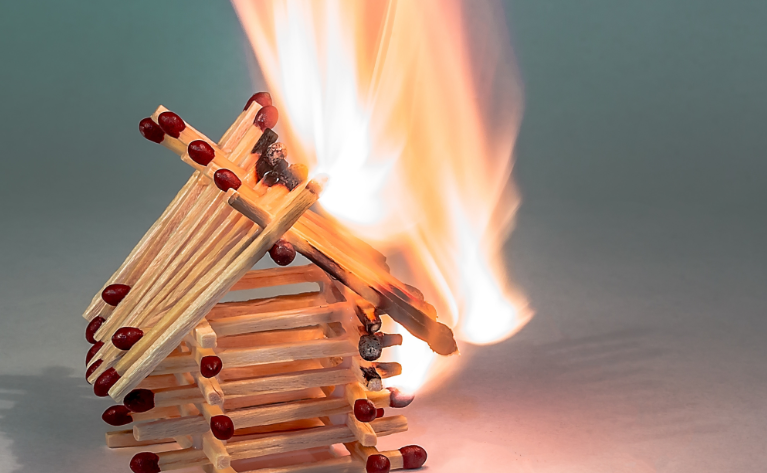
Thatched properties tend to be more expensive to insure compared to standard properties. It may be tempting, especially in economic downturns to cut as many financial corners as possible. Don’t skimp on your thatched roof home insurance as underinsurance or inaccurate insurance can present problems, or even invalidate your policy.
When you are informing your insurer about your property’s features and structure, we advise you are as accurate as possible. As you may have figured out, if a rebuild cost following a fire can be over the market value of your home, you need your insurance to be up-to-date and all in order.
Our team of experts are happy to help with your queries or concerns around protecting your thatched and/or listed home.
Lloyd & Whyte Ltd are authorised and regulated by the Financial Conduct Authority. Registered in England No. 03686765. Registered Office: Affinity House, Bindon Road, Taunton, Somerset, TA2 6AA. Calls may be recorded for use in quality management, training and customer support.